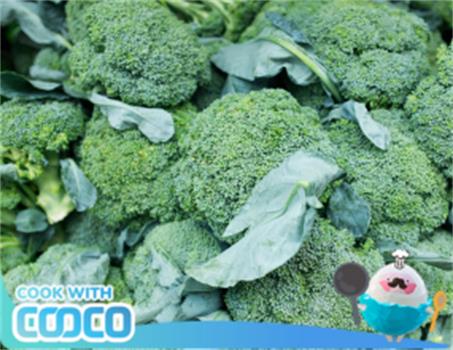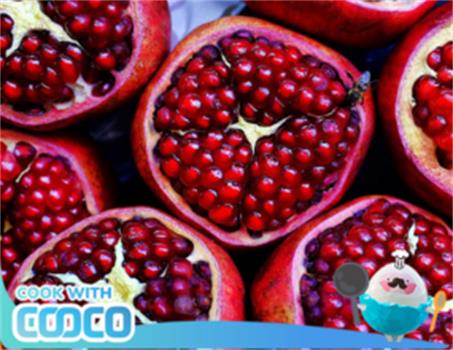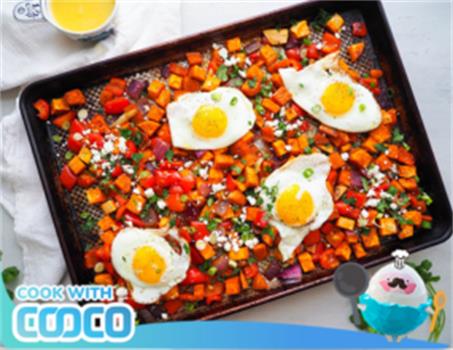The Most Useful Tips To Eat Clean For Beginners
1. Pick Whole Foods
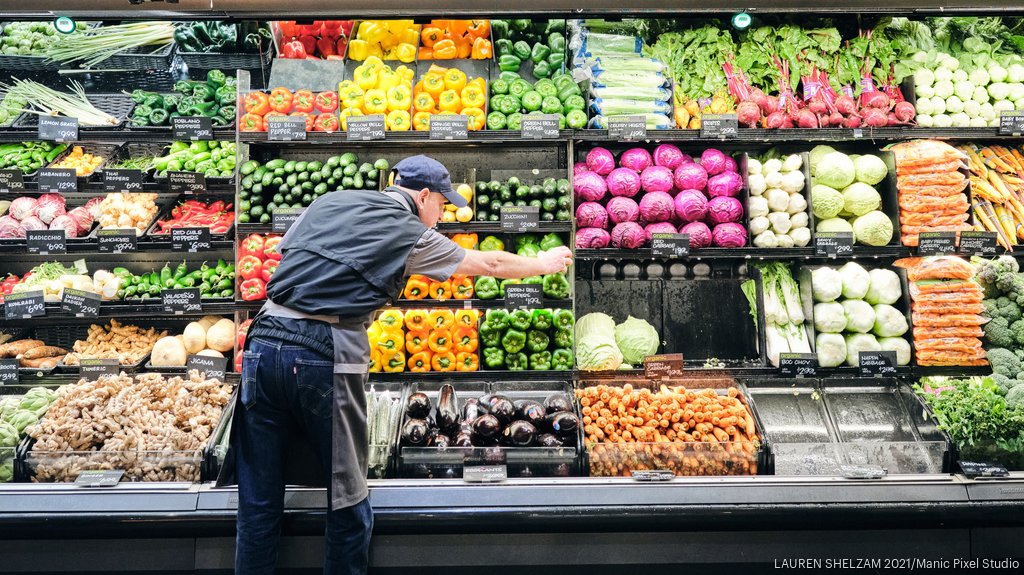
The basic idea of fresh eating is to decide on foods that are as near their natural form as possible. So rather than boxed, bagged, or packaged foods, choose fresh whole ones. Think whole turkey rather than frozen turkey meatballs or raw grapes rather than gummy snacks made with fruit crush. Bonus: After you avoid highly processed foods, like chips, cookies, and ready-to-eat meals, you skip a lot of calories, sugar, salt, and saturated fat.
2. Load Up on Fruits and Veggies

These natural foods are two staples of fresh eating. Some clean eaters say all of your products should be fresh. But others say that frozen and canned options are the following smartest thing since they need even as many nutrients. Just read the label to form sure you’re not getting extra sugar or salt. Also choose whole fruits rather than juices, which have less fiber and more sugar. Aim to urge a minimum of five to nine servings of fruits and vegetables day after day, looking at the calories you wish and your level of physical activity.
3. Watch Out for Salt and Added Sugar

Clean foods are naturally low in salt and sugar, and adding them goes against the as-natural-as-possible approach. Since processed foods are a significant source of them, you'll slash your intake after you avoid them. Otherwise, read food labels to seem for added sweeteners and salt, even in foods that appear healthy, like yogurt or spaghetti sauce. Also, keep tabs on what quantity you boost your foods and drinks. Try flavoring with spices and herbs instead.
4. Eat More Whole Grains
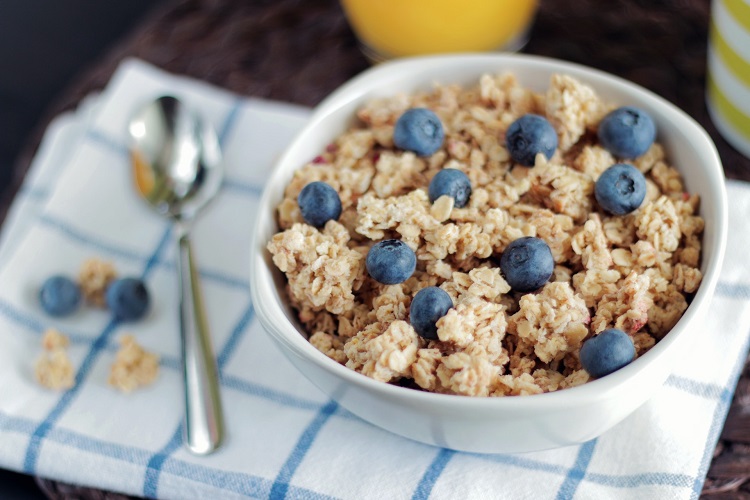
Refined carbs, like light bread, pasta, and rice, lose nutrients during the manufacturing process. You should trade them for whole wheat bread and pasta and brown or wild rice. Or go for other whole grains like oatmeal, popcorn, barley, or bulgur. this transformation can have an enormous impact: Studies show that a diet high in whole grains can lower your risk of cardiovascular disease, type 2 diabetes, and carcinoma.
5. Sip Plenty of Water
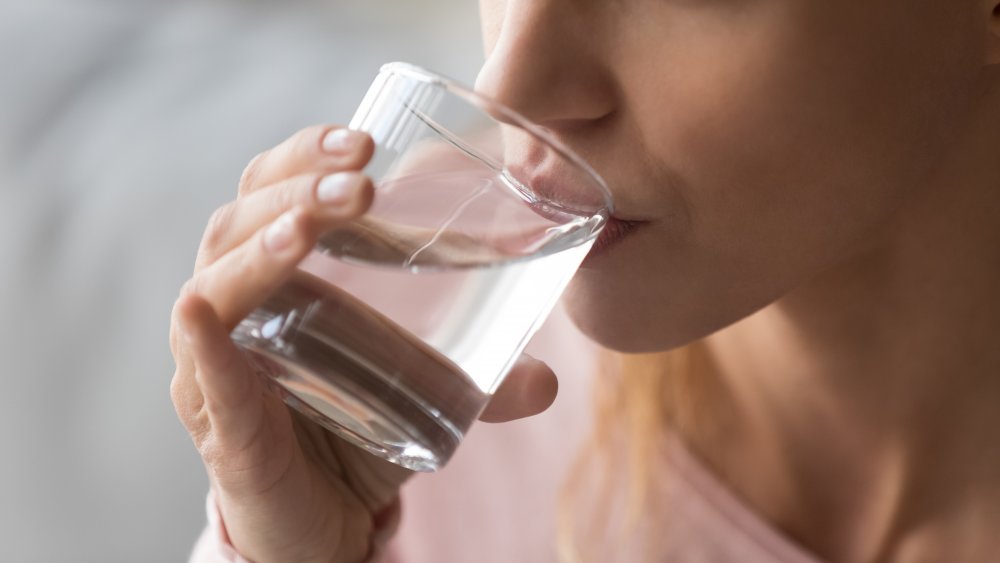
Instead of sugar-heavy soft drinks and juices, sip low-calorie beverages, like water and herb tea. Water can curb your hunger and facilitate your feeling full, but it can even prevent fatigue and provides you with more energy. Miss flavored drinks? It would be great if you mixed the water with a slice of citrus or a sprig of mint.
6. Skip Artificial Ingredients
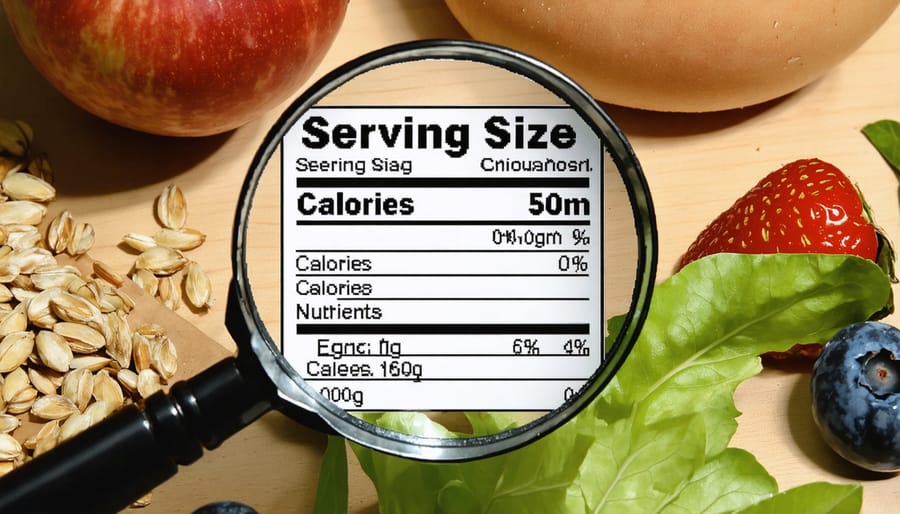
Artificial colors, sweeteners, preservatives, and other manmade ingredients don’t have an area in an exceedingly clean-eating diet. At the grocery store, read food labels and avoid items with fake stuff.
7. Be Smart About Meat and Dairy
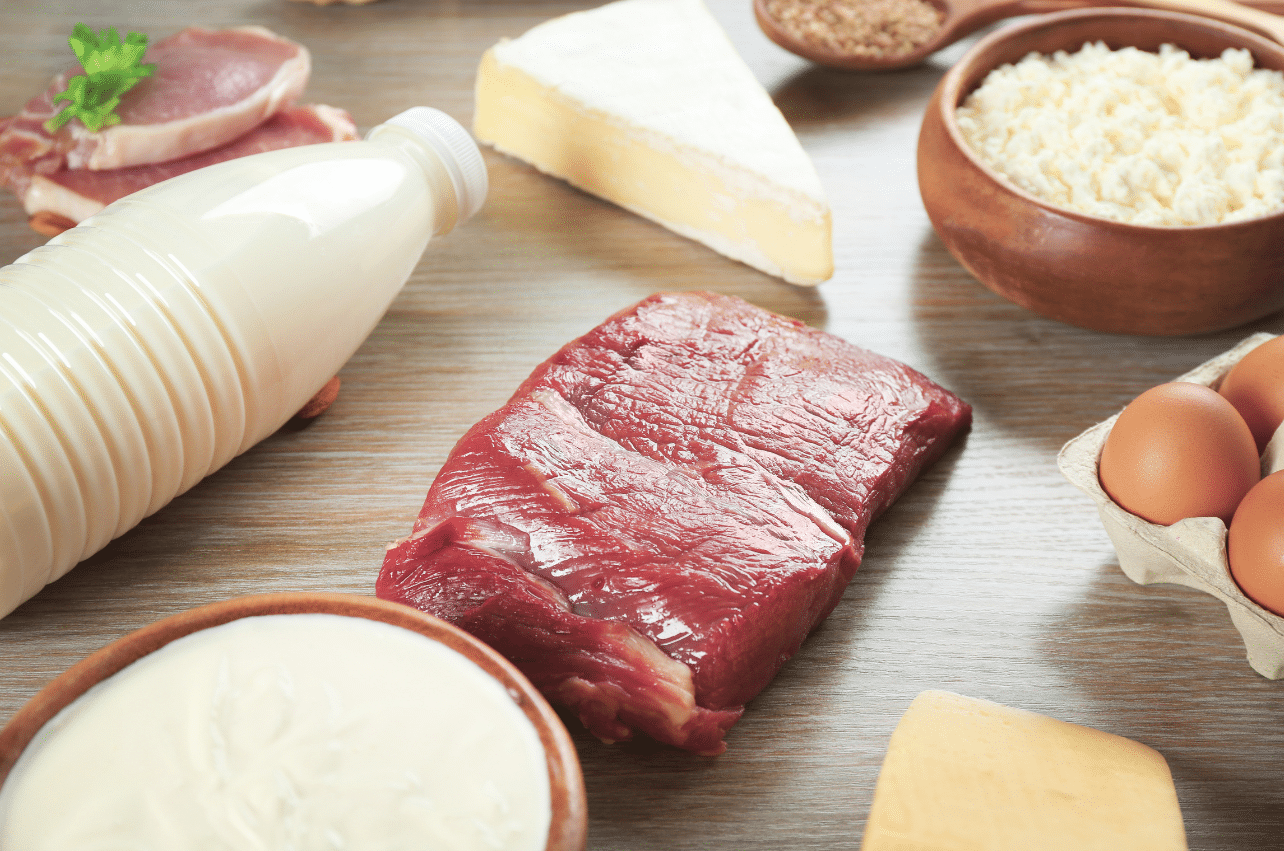
Meat, dairy, and eggs you get at the shop may come from animals that get growth hormones and antibiotics. Clean eaters avoid them and choose organic or choose local sources that raise animals humanely. A farmer’s market could be a good place to find out more about where your meat and dairy come from. Seafood isn’t labeled as organic, so explore for items low in mercury that use sustainable fishing. The cleanest approach to protein? Get most of it from nuts, beans, and legumes.
8. Rethink Alcohol and Caffeine

Some clean eaters cut them out entirely in favor of drinking lots of water. OtOthers say it’s alright to have them sparsely. Clean eater or not, experts recommend no over 400 milligrams of caffeine (about three to 5 8-ounce cups of coffee) per day, and one serving of alcohol for women and two for men. Also skip the sugary extras: go for plain tea or coffee, and avoid sweet mixers for alcohol.
9. Decide If You'll Go Organic
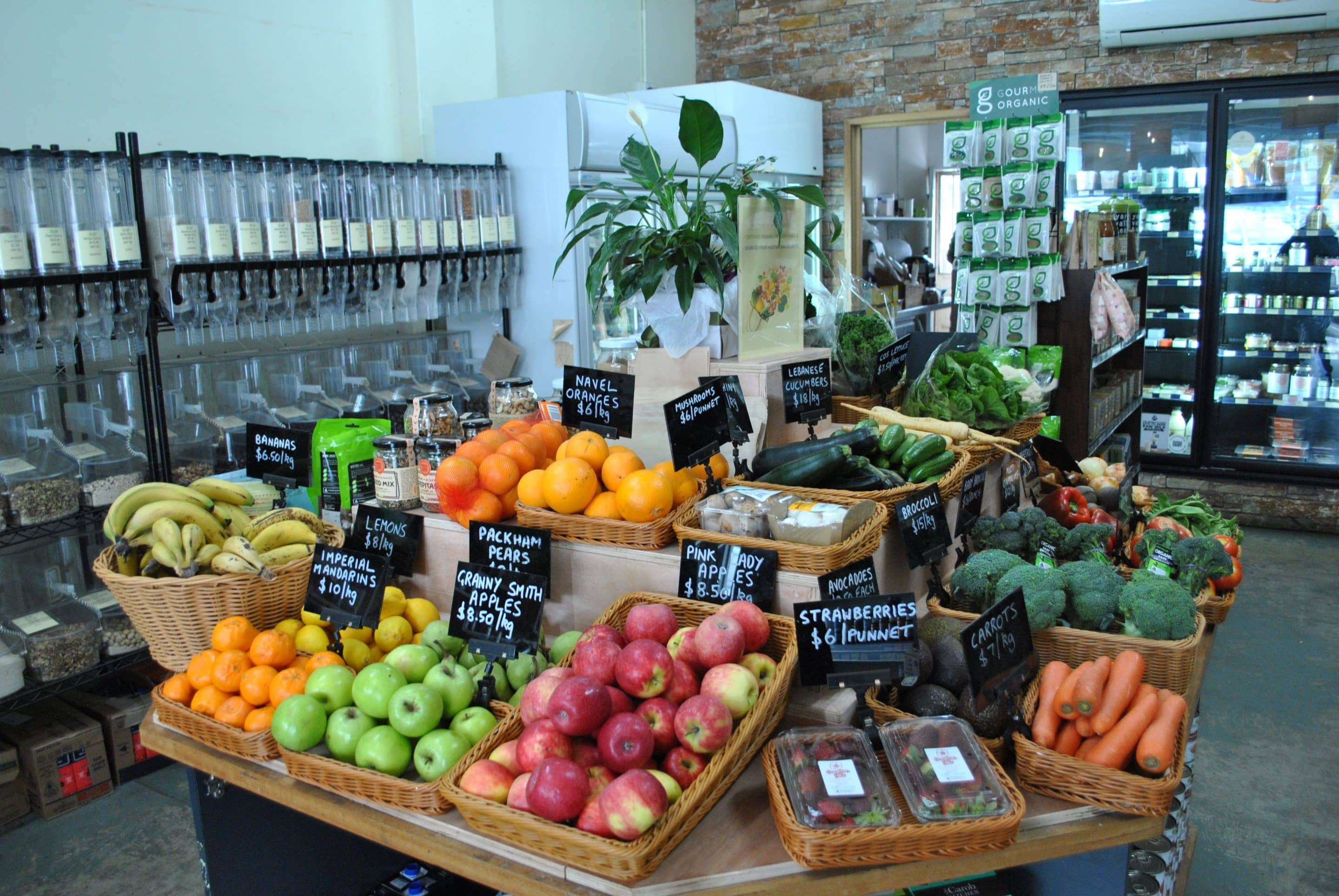
Organic farmers use natural pesticides and avoid man-made ones, so some people say organic produce is the best thanks to eating clean. It’s up to you to come to a decision on how important it's to your diet. you'll also support your local farmers' market to seek out what styles of pesticides the vendors use. Another tip: Pesticides usually land up on the outsides of fruits and veggies, so you'll be able to choose non-organic foods with skins you do not eat, like avocados, corn, and onions.
Credit:
Nourish (webmd.com)
HealthLine (healthline.com)

